
Table of Contents
Dear Educator, Ready to Rethink Report Cards?
We know how hard you’re working to help every child grow—not just in academics, but emotionally, socially, and creatively.
But do our traditional report cards truly reflect that?
If your answer is “No”, you’re not alone. That’s why CBSE, under NEP 2020, launched the Holistic Progress Report Card (HPRC)—a tool designed to give a 360° view of student development.
And in 2025, CBSE issued an updated manual and format to help every school move forward confidently.
This article is your complete, school-friendly guide—with practical steps, templates, examples, and even free support from our counselor, Dr. Beena. So let’s dive in.
🔗 This article is part of our CBSE 2025 Education Series, designed to help students, teachers, and parents understand the major reforms introduced by CBSE and NEP 2020. Explore related guides for deeper insights:
What is the Holistic Progress Report Card (HPRC) by CBSE?
The Holistic Progress Report Card (HPRC) is a new way to assess students beyond marks. It gives a broader picture of a child’s growth in areas like:
- Academics (scholastic)
- Arts, sports, creativity (co-scholastic)
- Social & emotional development
- Thinking and problem-solving
- Communication and collaboration
- Self-reflection and behaviour
CBSE designed this card for Foundational (3–8 yrs) and Preparatory stages (8–11 yrs) based on NEP 2020 and the National Curriculum Framework (NCF-FS 2022).
Download the official CBSE HPRC PDF Guide here

Also read: Holistic Development in Education – Full Guide on StudyReach
Holistic Development in Education: “Why It Matters More Than Grades”
Why It Matters for Your School
Teachers often say:
“We know Shanaya is kind, confident, and helpful… but her report card only shows Maths: 55/100.”
That’s where the Holistic Progress Report helps. It makes report cards more fair, reflective, and meaningful—for teachers, parents, and the child.
CBSE’s goal is clear:
“To ensure that the progress card is learner-centric, individualized, and provides a comprehensive overview.”
Why the HPC was introduced
- Designed as part of NEP 2020’s shift from rote memorization to competency-based, holistic education.
- Moves away from just academic grades to assess real-world skills: critical thinking, emotional intelligence, creativity, and life habits.
- Encourages self-reflection by students, feedback from peers and parents—creating a 360° view of the child’s growth PMF IAS.
The 4 Stages of HPC: Simple and Sweet
1. Foundation Stage (ages 3–8, Bal Vatika to Grade 2)
- Focus: Play-based learning—basic reading, numeracy, social skills, motor and emotional development.
- Why it matters: Children build strong learning habits early, developing curiosity and confidence.
- How to implement: Use fun activities (games, play, storytelling), and record simple observations using child-friendly rubrics.
2. Preparatory Stage (ages 8–11, Grades 3–5)
- Focus: Structured learning alongside socio-emotional skills—communication, empathy, basic academics.
- Purpose: Helps children become more independent learners and team players.
- How to implement: Include group projects, classroom role-plays, peer feedback, and reflective checklists.
3. Middle Stage (ages 11–14, Grades 6–8)
- Focus: Deepening academics with critical thinking, creativity, collaboration, and emotional awareness.
- Purpose: Prepares learners for more formal education and life choices.
- How to implement: Introduce goal-setting (ambition cards), self-assessment routines, and experiential learning.
4. Secondary Stage (ages 15–18, Grades 9–12)
- Focus: Academic rigor + vocational exposure, personal growth, resilience, and future planning.
- Purpose: Prepares students for board exams, careers, and responsible citizenship.
- How to implement: Teachers guide students in self-evaluation, setting school-life goals, planning careers, and reflecting on strengths/weaknesses.
How to Implement HPC Easily
- Make it routine: Integrate self, peer, parent, and teacher feedback after every activity—no extra paperwork.
- Use student-friendly language: Rubrics like “I tried my best,” “I helped a friend,” “I tried a new idea.”
- Set clear goals: Especially from Middle stage—students write 1–2 goals: academic or personal.
- Reflect often: Provide checklists or journal sections—“What did I learn? What can I do better?”
- Share & involve: Show the report card to families and use it during parent‑teacher chats for meaningful conversations.
Summary Table: Quick View
| Stage | Ages & Grades | Learning Focus | Implementation Tip |
| Foundation | 3–8 (Bal Vatika–2) | Play, language, motor, emotional skills | Fun rubrics, casual notes |
| Preparatory | 8–11 (3–5) | Structured learning + emotional growth | Projects + peer reviews |
| Middle | 11–14 (6–8) | Critical thinking, creativity, reflection | Ambition cards + goals |
| Secondary | 15–18 (9–12) | Academics + life skills + future planning | Career mapping & self-reflection |
By following these four stages, the HPC transforms reporting into a nurturing and comprehensive process—one that values what students learn, how they grow, and who they become. Let me know if you’d like a downloadable template or sample wording!
How They Differ from Conventional Educational Resources
Unlike traditional educational assessment tools, the Holistic Report Card and Jadui Pitara offer a more nuanced and multidimensional view of a child’s abilities and progress. While conventional resources often focus primarily on academic performance, these innovative tools provide a broader perspective that includes social, emotional, and physical development.
| Aspect | Holistic Report Card & Jadui Pitara | Conventional Resources |
| Assessment Focus | Comprehensive (academic, social, emotional, physical) | Primarily academic |
| Approach to Learning | Personalized, recognizing individual strengths and needs | Standardized, one-size-fits-all |
| Emphasis | Holistic development, including creativity and well-being | Mainly academic achievement |
By adopting a more holistic and inclusive approach, the Holistic Report Card and Jadui Pitara offer educators, parents, and children a more comprehensive understanding of educational progress and development.
7 Smart Steps to Implement Holistic Progress Report Card in Your School
1. Start with a Team Discussion
Gather your teachers, principal, coordinator, and if possible, your counsellor. Talk about:
- The “why” behind the HPRC
- Benefits for students, teachers, and parents
- Common fears (extra work, understanding, parent acceptance)
“Don’t worry, this is not about making teachers busier. It’s about making assessments more human.”
2. Use the Free Format by CBSE (or Customize It)
CBSE has given sample templates in the official manual (see PDF), including:
- Areas of development
- Simple rubrics (Emerging / Developing / Proficient)
- Self-reflection by students
- Teacher observations and suggestions
You can print them and make as per your requirement.
3. Observe, Record & Reflect Regularly
Encourage teachers to note:
- How a child collaborates in group work
- Behavior in class and during play
- Creativity during art/story sessions
- Confidence while speaking or presenting
Use sticky notes, weekly trackers, or voice notes.
Related article :
“Study Smarter, Not Harder: 4 ways to Transform Notes with Colour”

4. Train Your Parents Gently
Some parents still prefer the old system. Help them understand:
- What holistic means
- Why marks are not only the measure
- How they can support at home
Try this message: “This new report card shows how your child is growing as a learner, a friend, and a creative thinker—not just a test-taker.”
5. Make the Child a Co-Creator
Let children:
- Draw their favorite memory on paper let them feel
- Reflect using smiley faces or simple words
- Share what they’re proud of
“I loved telling a story about my pet cat. My friends clapped and I felt happy!”
6. Let Your Counselling Team Help
We’re glad to share that your school’s counsellor is available to support:
- Teacher training on emotional/social observations
- One-on-one sessions with students for special-needs learners
- Parent Q&A on holistic development
- Creating rubrics for behavioural traits
Ask us in case you need help with counselor sessions, sample formats, or teacher training.
7. Review After Each Term
Hold a feedback session:
- What worked well?
- What was difficult for teachers or parents?
- Do we need to change the format?
Celebrate success stories! Invite parents to view student portfolios, projects, and progress cards in a small “Learning Showcase”.
What the CBSE Circular Says
Here are key points from the official CBSE 2025 circular and manual:
- HPRC is mandatory for the Foundational and Preparatory Stage
- The format includes child voice, teacher comments, and visual elements (smily faces)
- Schools must align with NCF-FS learning outcomes
- Continuous and comprehensive—not exam-based
📎 Read the full CBSE Circular and Manual here: View PDF
Final Thoughts: A Report Card That Finally Makes Sense
Dear teacher or school leader, imagine a report card that says:
“Reyansh helps new students feel included and always shares his toys.”
Isn’t that something worth celebrating?
With CBSE’s Holistic Progress Report, you can finally showcase a child’s real growth—not just numbers.
You don’t need to be perfect to start—just start with purpose. And if you get stuck?
Ask us in case you need help. StudReach is here to guide you, anytime.
This article is part of our CBSE 2025 Reform Series.
🌟 If you want to understand how the Holistic Report fits into the larger CBSE reform, read our detailed guide:
CBSE Education System 2025 – A Complete Guide”

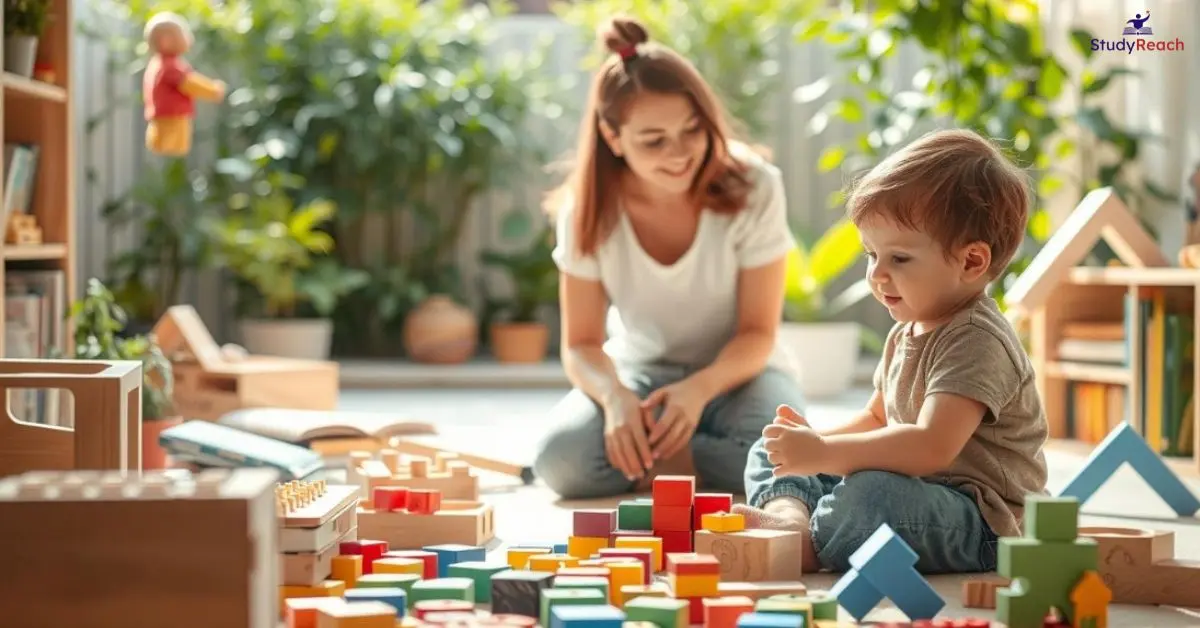
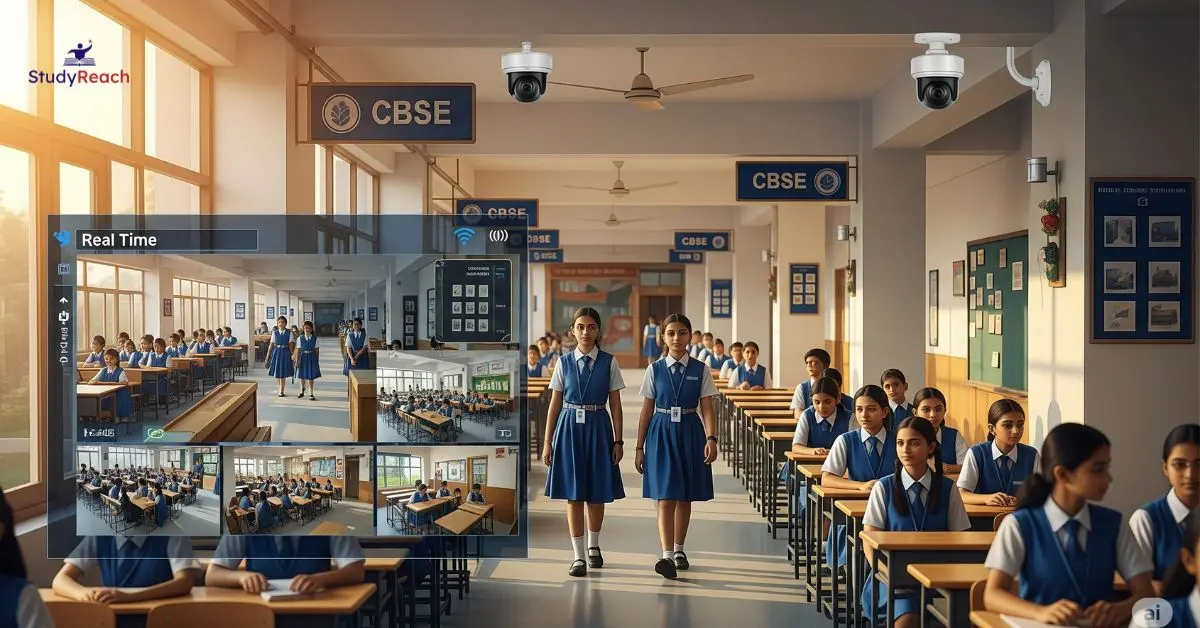
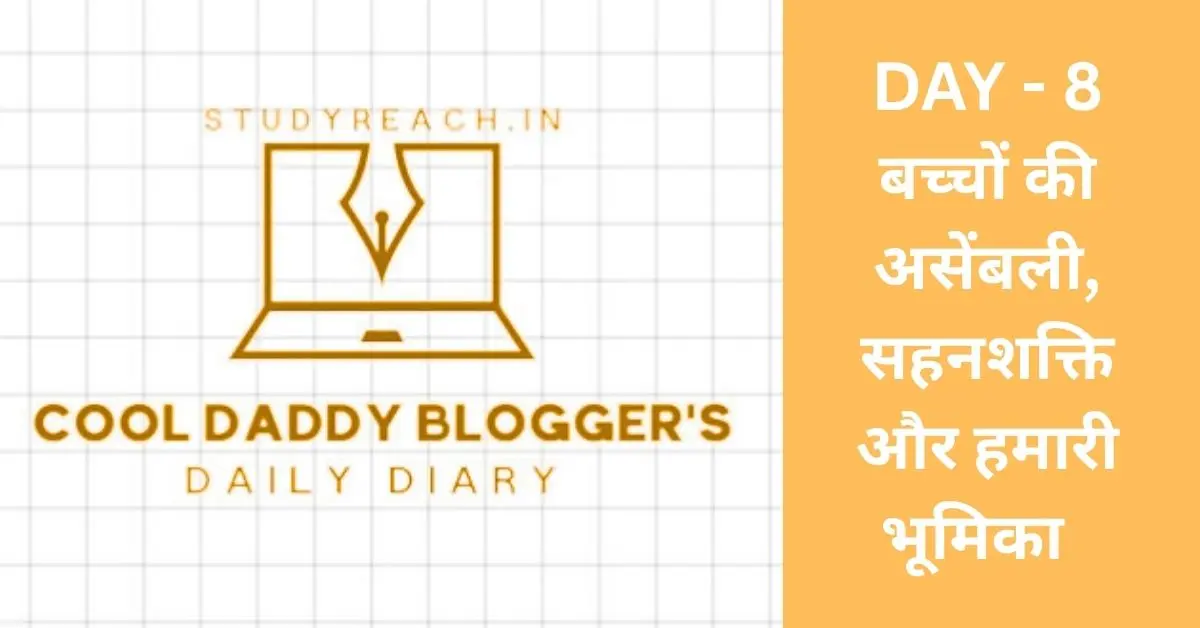
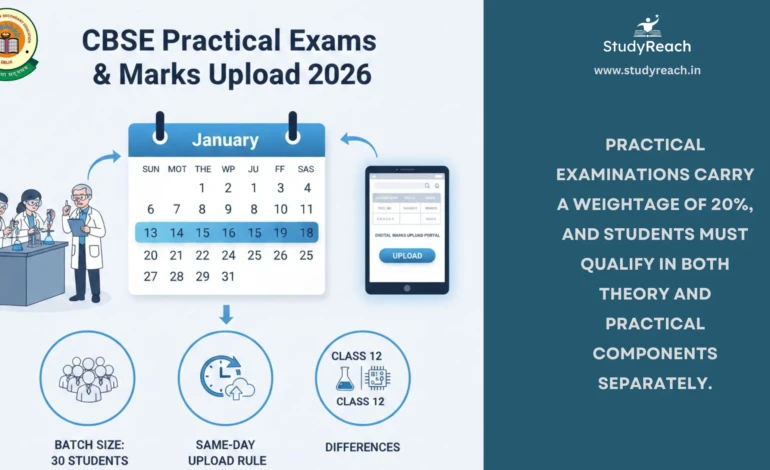
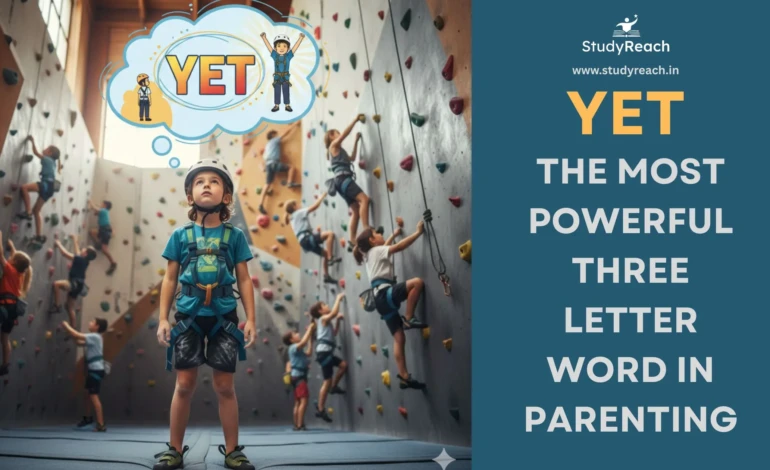
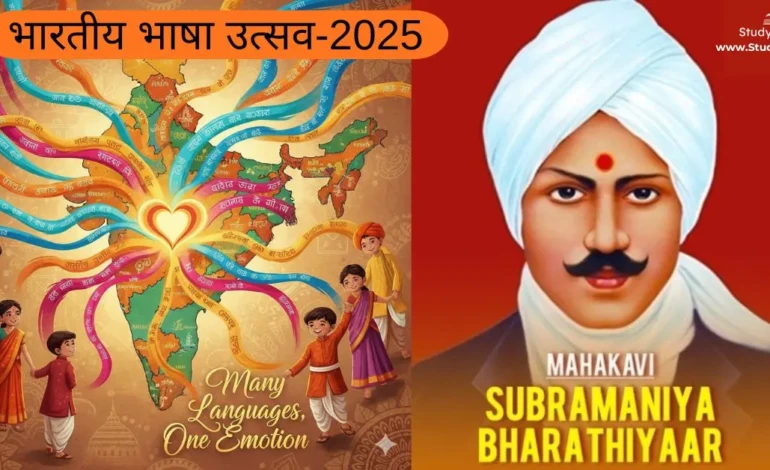
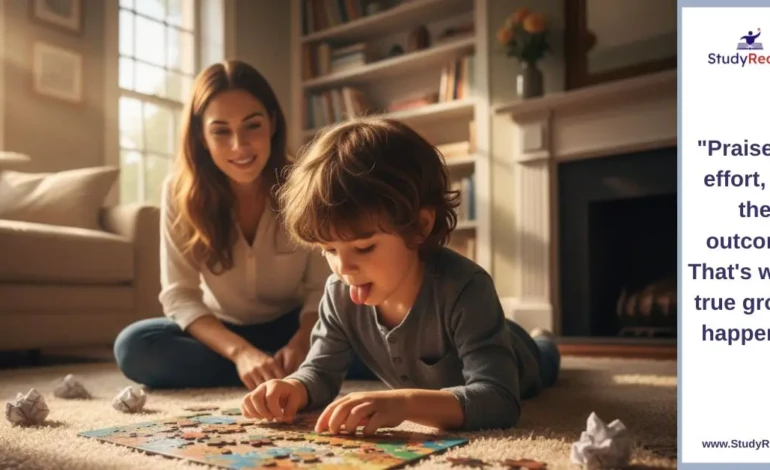

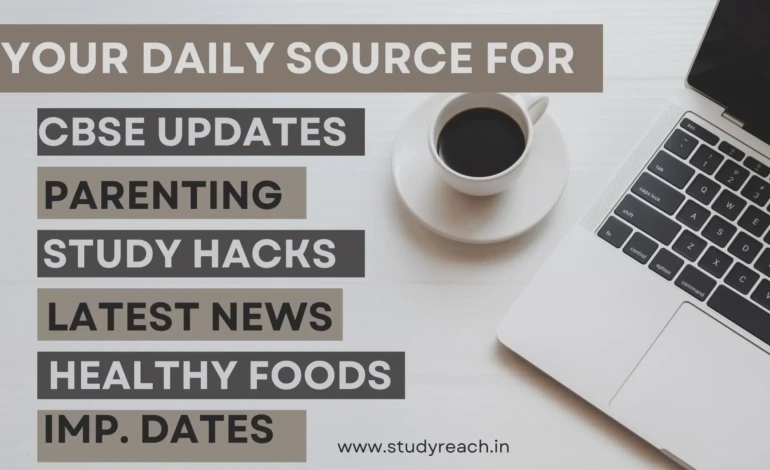
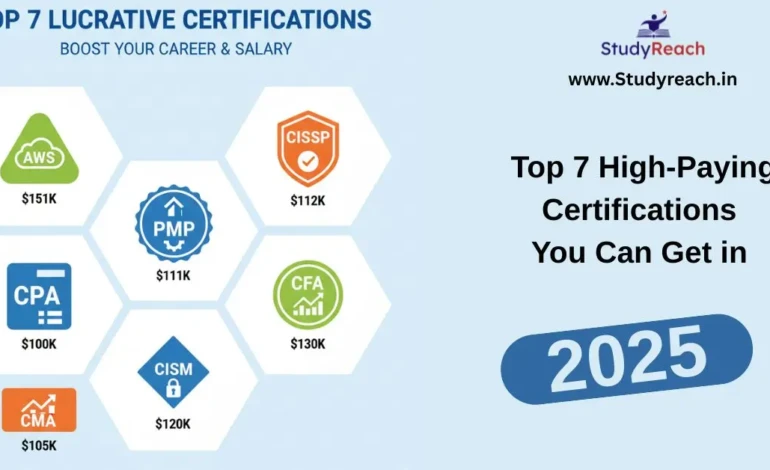

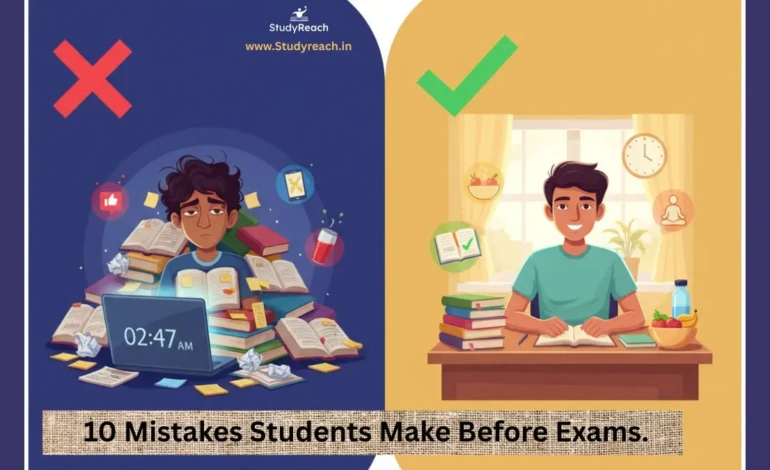




1 Comment
[…] 👉 Read more: CBSE Holistic Progress Report Explained (2025) […]